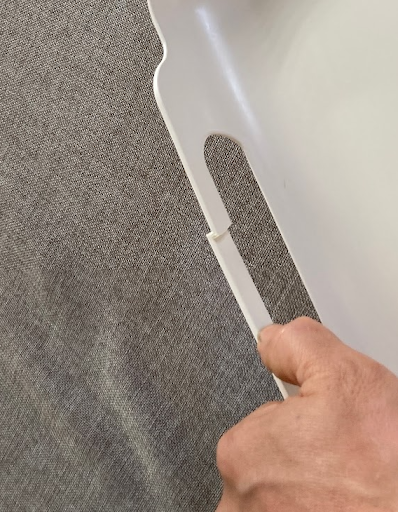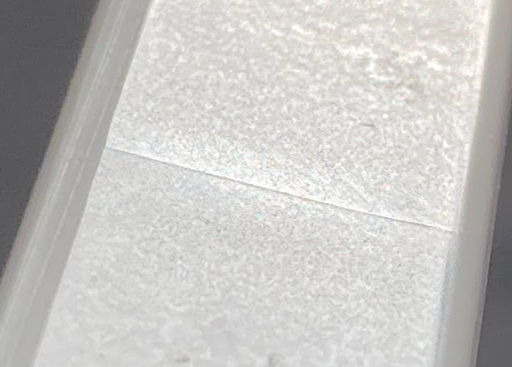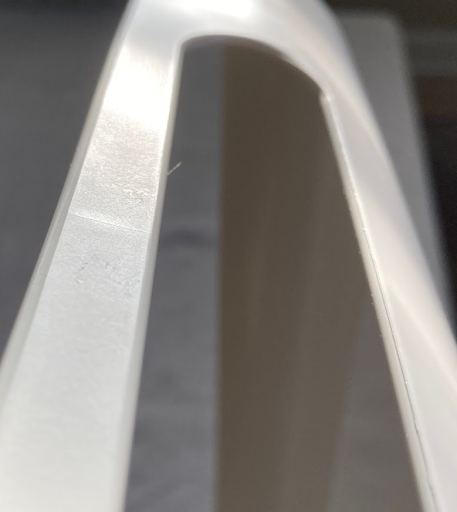Weld lines are visible lines or seams that occur when two or more molten material flow fronts meet and rejoin during the injection molding process.
Introduction
Weld lines are a common defect encountered in injection molding, characterized by visible lines or seams on the surface of molded parts. These lines occur when two or more molten material flow fronts meet and rejoin during the injection molding process. Weld lines can affect the appearance, strength, and functionality of the final product. Understanding the causes of weld lines and implementing effective preventive measures are crucial for manufacturers striving to produce high-quality molded parts. In this article, we delve into the intricacies of weld lines, identifying their root causes and providing insights into minimizing this injection molding defect.
Causes of Weld Lines
Weld lines occur due to various factors related to the injection molding process:
- Flow Front Convergence: Weld lines form when the molten material flow fronts converge during the filling process. This happens when material flow encounters obstacles, such as thin sections, inserts, or varying wall thicknesses.
- Gate Design and Placement: Improper gate design or placement can lead to the formation of weld lines. For instance, placing the gate at locations where material flow fronts meet can result in visible weld lines.
- Material Temperature and Viscosity: Variations in material temperature and viscosity can influence the formation of weld lines. Significant differences in material temperatures during the filling process can result in poor fusion and visible lines.
- Material Properties: Certain material properties, such as high melt viscosity, poor melt strength, or incompatible material combinations, can contribute to the occurrence of weld lines.



Prevention
To minimize the formation of weld lines and produce visually appealing molded parts, manufacturers can adopt the following preventive measures:
- Gate Design and Placement: Optimize gate design and placement to promote balanced material flow and minimize the convergence of flow fronts. Consider using multiple gates or placing them strategically to avoid weld line formation.
- Mold Design and Part Geometry: Carefully design the mold and part geometry to minimize the occurrence of thin sections or variations in wall thickness that could lead to flow front convergence. Uniform wall thickness and gradual transitions help reduce weld line formation.
- Material Selection and Processing: Select materials with compatible melt temperatures and good melt flow properties to promote better fusion and minimize the visibility of weld lines. Additionally, optimize processing parameters such as melt temperature and injection speed to improve material flow and fusion.
- Mold Temperature and Cooling: Proper mold temperature control and cooling are crucial in minimizing the formation of weld lines. Balanced cooling throughout the mold helps ensure uniform material solidification and fusion.
- Mold Surface Treatment: Utilize mold surface treatments, such as coatings or textures, to improve material flow and fusion, reducing the visibility of weld lines.
Conclusion
Weld lines can be a common challenge in injection molding, affecting the quality and appearance of molded parts. By understanding the causes of weld lines and implementing preventive measures, manufacturers can effectively minimize their occurrence. Through thoughtful gate design and placement, optimized mold and part geometry, appropriate material selection, precise processing parameters, and mold surface treatments, manufacturers can produce high-quality molded parts with reduced weld lines. By addressing this defect, manufacturers can improve customer satisfaction, enhance product aesthetics, and optimize overall efficiency in the injection molding process.
